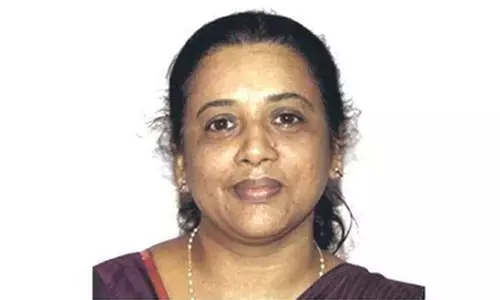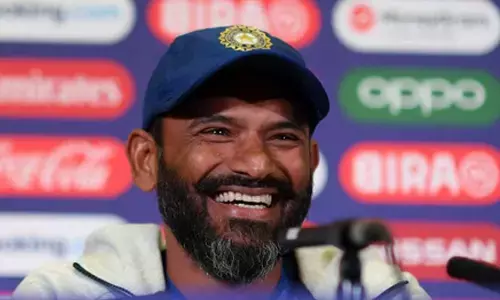Telugu poetry unique form of expression

It is in the fitness of things that the forthcoming World Telugu Conference is billed as the right platform for experts to trace the evolution and glory of Telugu poetry with focus on its unique form.
Hyderabad: It is in the fitness of things that the forthcoming World Telugu Conference is billed as the right platform for experts to trace the evolution and glory of Telugu poetry with focus on its unique form.
It was towards the end of the 20th century that Telugu poem was relegated with an increasing number of people giving preference to English rhymes. Telugu poems lagged, despite their beauty and crispness, and the inherent scope to express complex ideas in simple words.
The origin of Telugu poem is difficult to trace. According to reports, Telugu poetry existed prior to Adikavi Nannayya, who translated the Mahabharata from English to Telugu about a millennium back. The work is described as the first Telugu work in poetry.
According to historians, Addanki inscription, dating back to 848 AD, featured a Telugu poem. Similarly, the Bezawada inscription, dating back to 934 AD, featured five poems in Seesam poetry style. The Kamasani ruler’s Guduru inscription, dating back to 1000 AD, featured four or five poems in the style of Champakamala and Utpalamala.
Telugu poets of yore weaved wonderful poems in the style of Champakamala, Sardulam, Mattebham, Ataveladi and Tetageeti, thus enriching the language, also known as “the Italian of the East” because of its mellifluent constructions and the fact that most of its words end with a vowel sound.
The great emperor Srikrishnadevaraya, in his work Amuktamalyada, described the glory of Telugu language in a poem composed in the style of Ataveladi.
Poets choose appropriate form to express ideas in their own style. The soul of the ancient poem is syntax. The scholastic language breathed life into the poem in ancient days. With the movement for promoting language comprehensible to the common man gaining ground, the syntax-driven Telugu poem was relegated.
However, even now there are some scholars who can compose a poem in the style of Kanda, Seesa, Aataveladi and so on. Telugu poets who have penned 100 or more poems are described as Satakakarudu.
These poets enriched the Telugu poetry and took it closer to the rural people. Sumati Satakam, penned by 13th century poet Baddena, is still green in our memory. Poets of this school used the works as tools to spread good in contemporary society.
They used poems to teach morals to people. The method has continued till date. Sri Kalahasteeswara Satakam was penned by the great poet Dhoorjati. Dasaradhi Satakam, written by Kancharla Gopanna, and Neeti Satakam, authored by Bhartruhari, have been used to teach morals for hundreds of years. Deriving inspiration from this school of poets, there are many more in the modern era who pen Satakams, a collection of 100 poems.
Vemana Satakam by Vemana, containing the essence of life, is very popular among the rural people. The poems explain the way one should conduct oneself in society and explain how to discriminate between good and bad.
Such poems are taught to children even before admitting a child to school to instill discipline among children and to groom their personality. At a time when Telugu language is being negatively impacted by the prominence being given to English langauge, where is the place for Satakams?
Various art forms like Hari Katha, Avadhanam (literary feat) and spiritual discourses uphold the glory of the Telugu poem. Barring the Avadhanam, other art forms are on the wane.
However, religious discourses have gained popularity, thanks to some TV channels. Ancient poetry, largely syntax-oriented, gave priority to Sanskrit language. But, over the years, Telugu replaced Sanskrit as the medium of penning poems, especially in the 19th and 20th centuries, when many authors wrote poems in Telugu. Still, around the same time, the poem per se started dwindling.
Towards the end of the 20th century, the craze for foreign languages, especially English, became pronounced. Pursuing education with English as the medium of instruction, replacing Telugu, became common in Telugu states. In the present crisis-ridden period, when English has gained extreme popularity over Telugu, who will bring the past glory to the poetic and flowery rrform of expression?
By Vidya Ramana



















